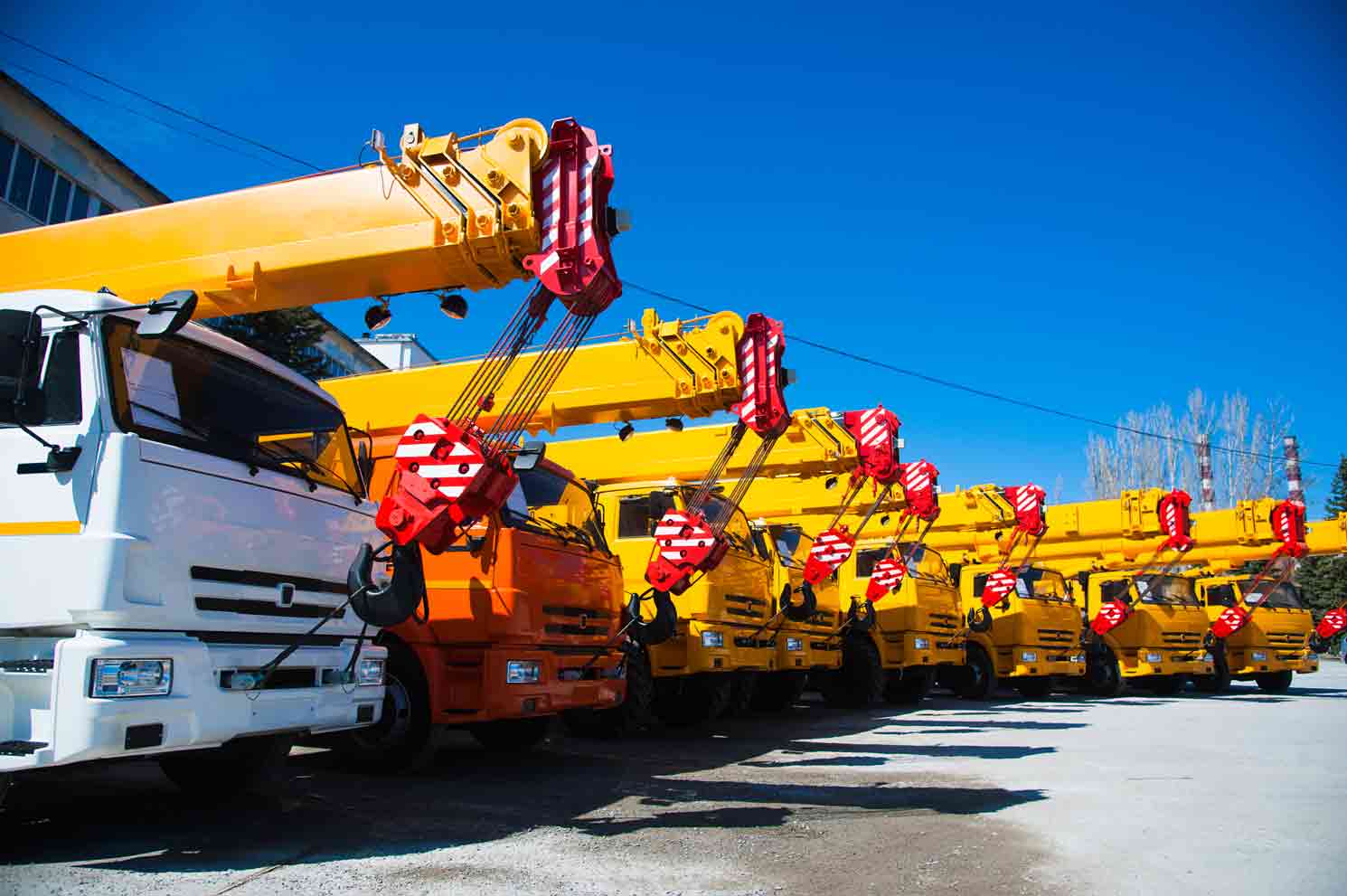FOR CRANE HIRE, CALL : 0400 262 622
For a quote on our mechanical services, phone (07) 5415 1694
What You Need To Know Before Hiring A Crane
Cranes can be dangerous pieces of machinery if they're not operated safely, so if you're hiring one for your building site or project, there are some things you need to know beforehand. Let's take a closer look at these below:

1. Make Sure The Crane Is Suitable For Its Intended Purpose
The first point to consider is the type of crane you're going to hire. To maximise its output, you want to ensure that the crane can provide the functionality you need. When selecting a crane, there are several factors to consider:
- The size of your project (can the crane withstand the capacity you need without overloading or damaging it?)
- How often you will be using the crane
- The terrain of the worksite
- Any access restrictions to the worksite
- Any ground support needed
- The size of the worksite to ensure boom lengths are suitable
2. Check You Have The Right Licensing
There are laws and regulations in place around the use and operation of cranes that you'll need to follow, and these usually depend on where you are located and what kind of work you’re doing.
In Australia, all crane operators need a High-Risk Work Licence to be able to operate a crane on a work site. The individual using the crane also has to be appropriately trained, being mindful of lighting, temperature, walking hazards and chemical exposure. If you don't have anyone on your team with the right training or licence and the crane is for a one-off job, then you may find hiring a trained operator is the best option.
3. Prepare A Lift Plan
When you
hire a crane, you should always prepare a lift plan before use. A lift plan is an important document that outlines the details of your operation and ensures everyone on site knows what is going to happen. The plan should include:
- A description of what you are lifting and where it will be lifted to
- How much weight is being lifted
- Where the crane operator will be positioned during the lift
- Whether there are any hazards or obstacles in the way of your load, and if so, how they can be avoided or moved out of harm's way
4. Complete Hazard And Risk Assessments
Thorough hazard and risk assessments are critical to any crane operation, whether you've hired one in the past or this is your first time.
The first step in this process is to list all the hazards associated with your project. Next, you'll need to determine what risks are associated with these hazards. Once these lists are complete and have been reviewed by an appropriate person (like a supervisor), they can be used as part of an effective controls checklist. For example:
- Is there anything on site that could cause harm if it fell? Where will it fall from? How might workers respond if this happens?
- What personal protective equipment do employees need when working near high-energy sources such as generators or power tools?
Here at
Amac Cranes, we offer both wet and dry hire, so if you need more advice on hiring a crane, don't hesitate to
contact our team today at
0400 262 622 to find out more.
With more than 30 years’ experience in lifting logistics, AMAC Cranes is Sunshine Coast’s premier crane hire business. Select from our extensive, all-terrain fleet for affordable short and long-term rental options.
COMPANY INFORMATION
Crane Hire: 0400 262 622
Mechanical Assistance: (07) 5415 1694
Email: amac@amaccranes.com.au
HOURS OF OPERATION
Crane Hire Opening Hours: 24/7
Workshop: Monday–Friday: 6:00am–5:30pm




